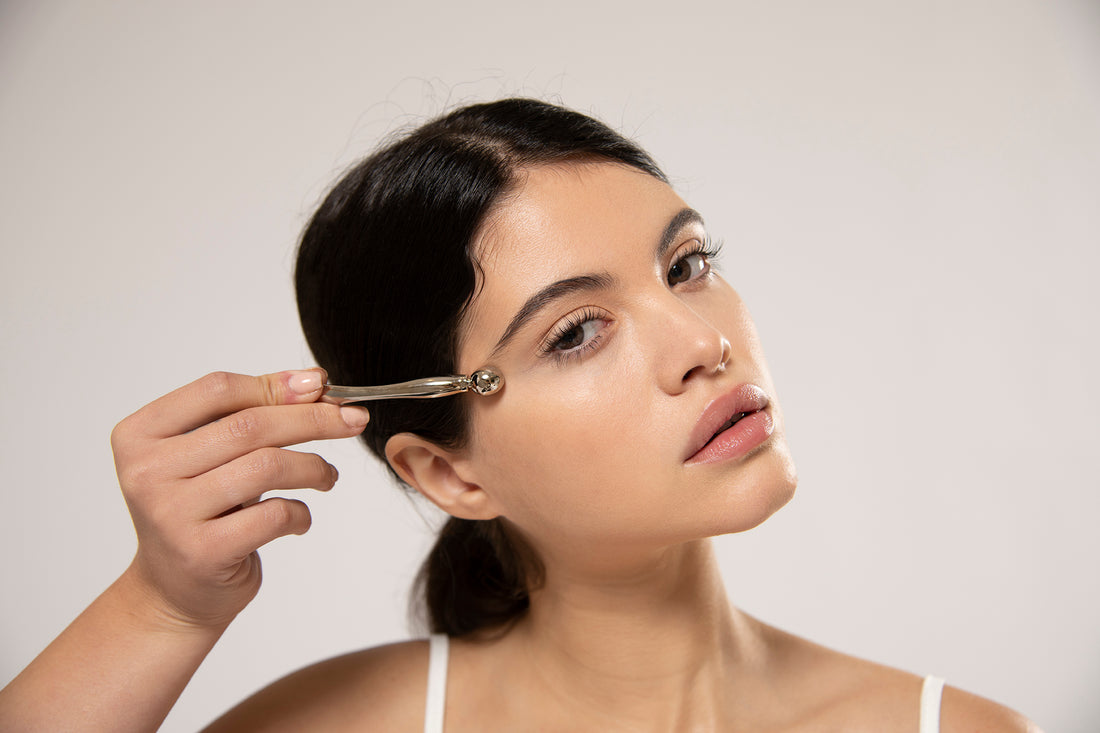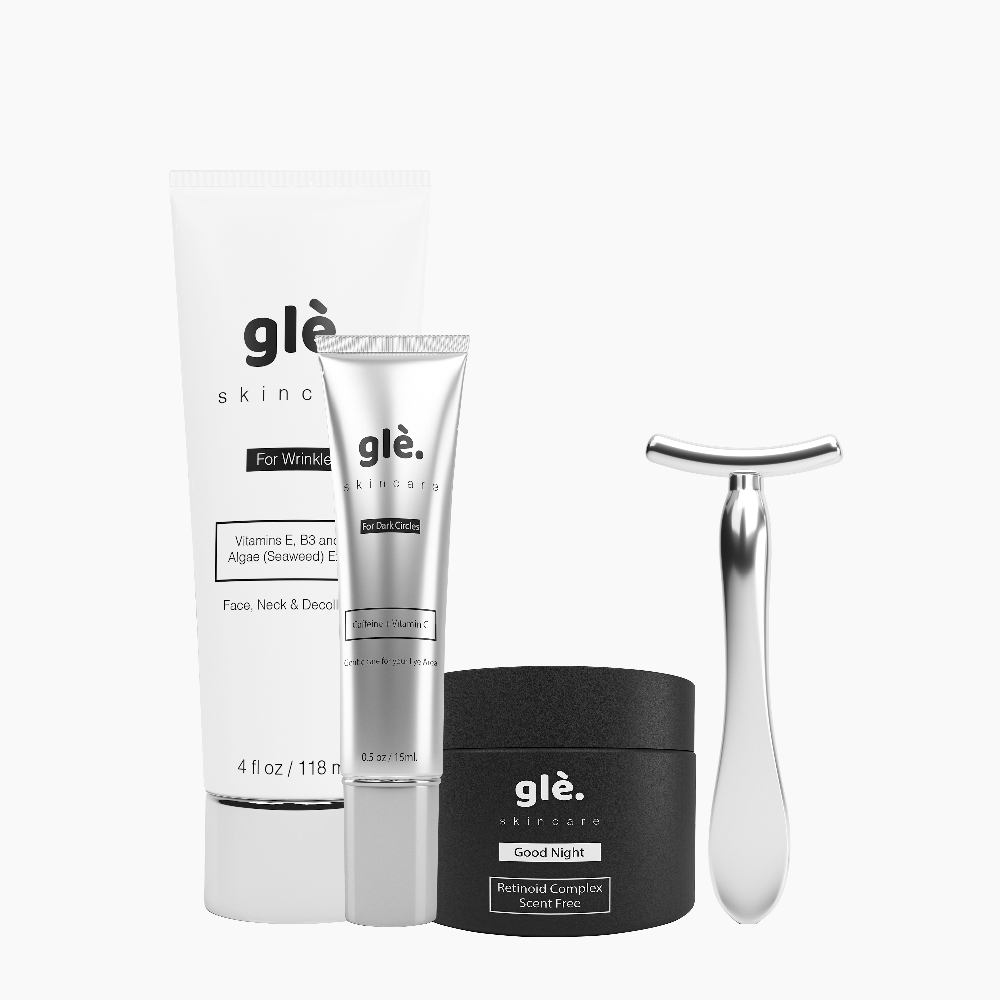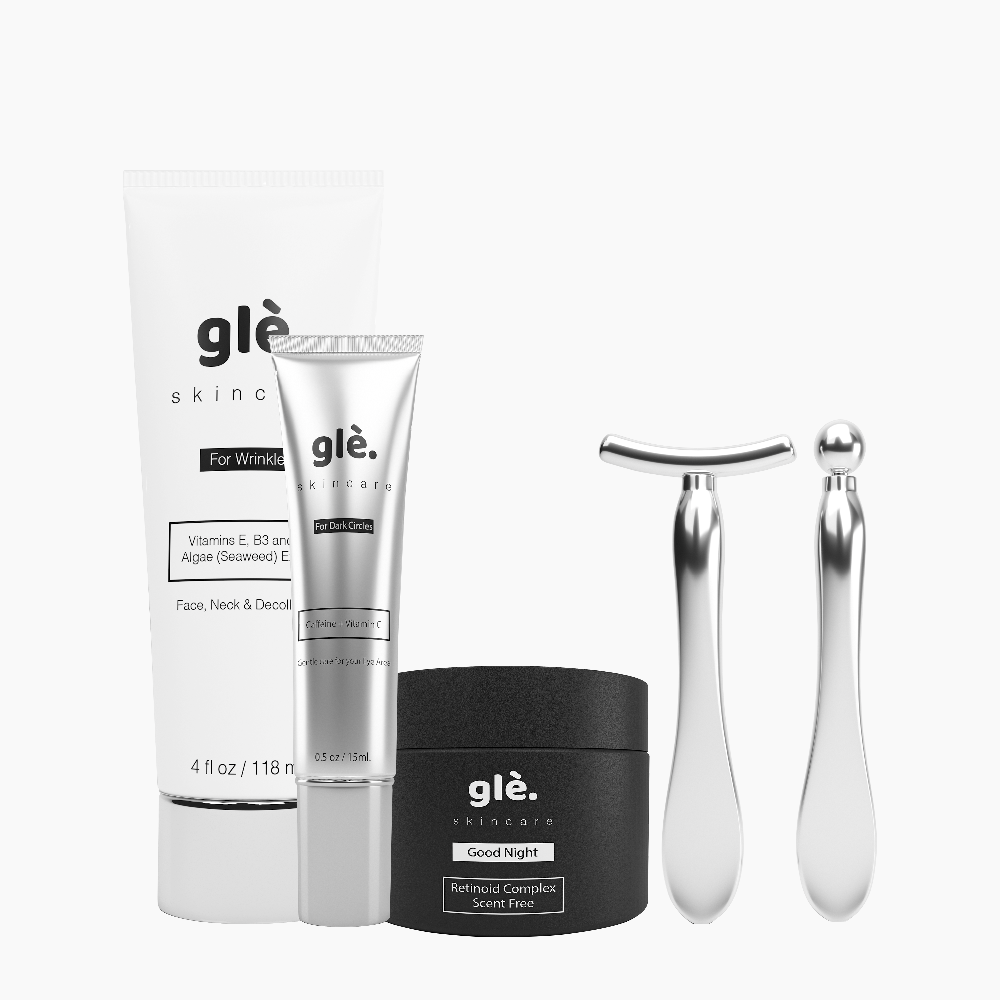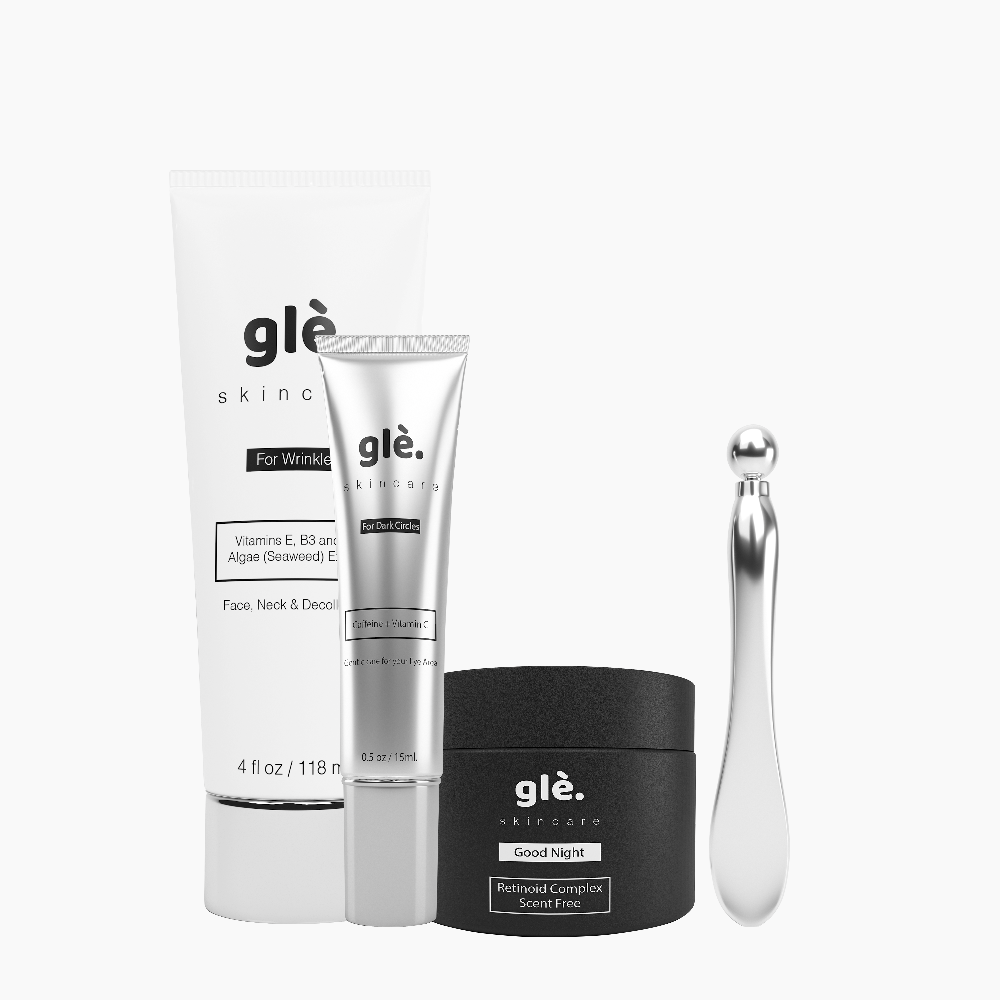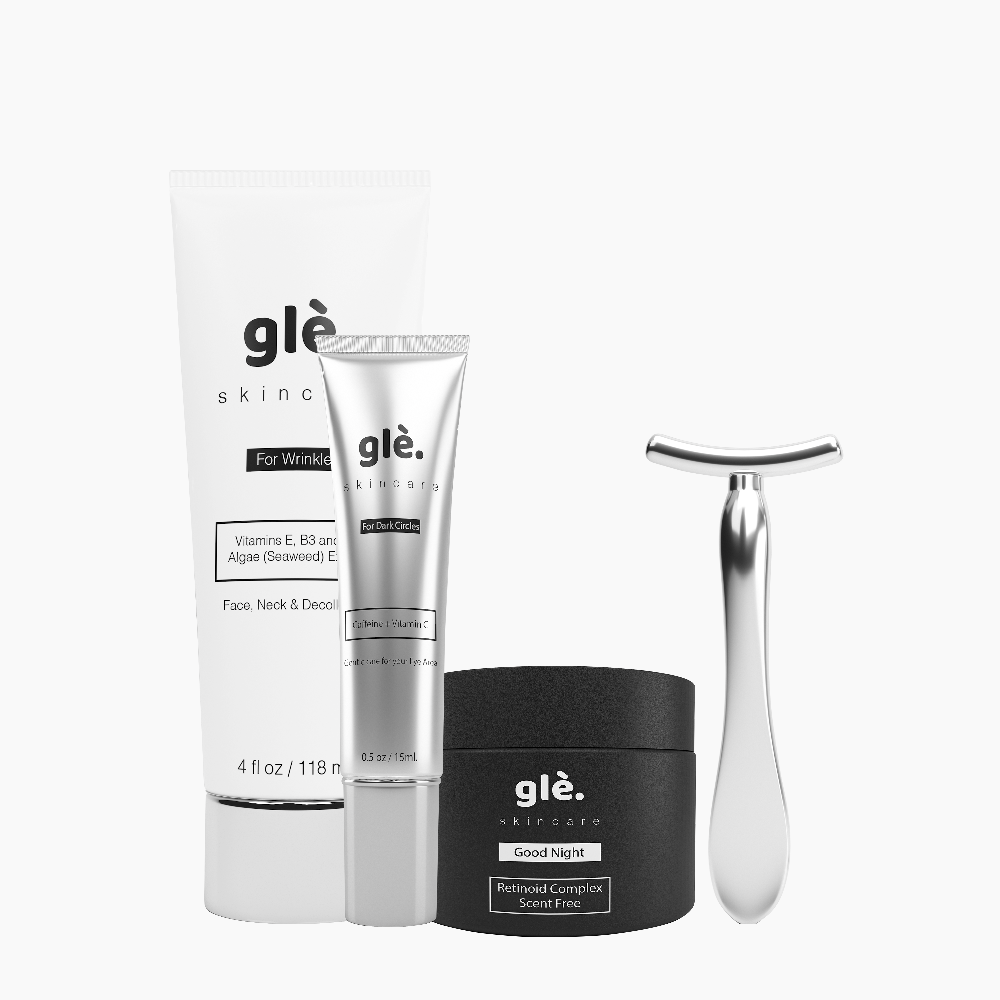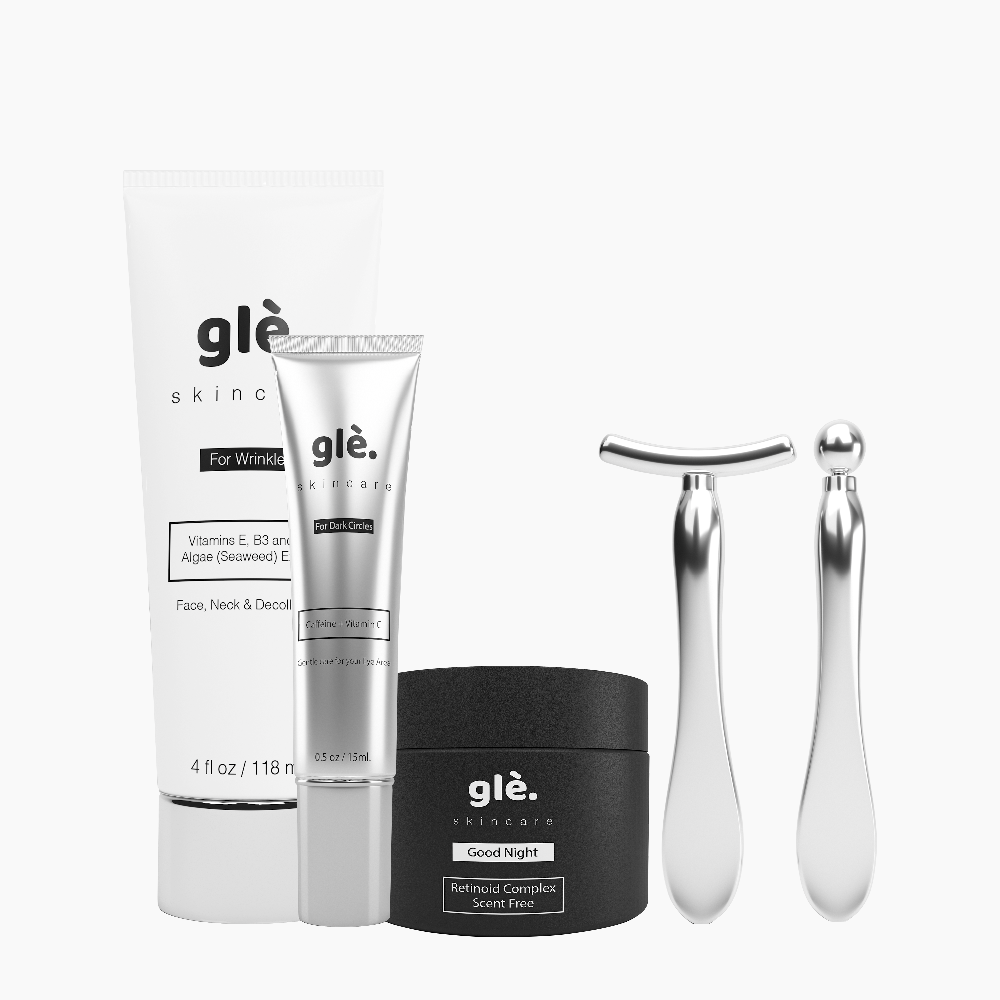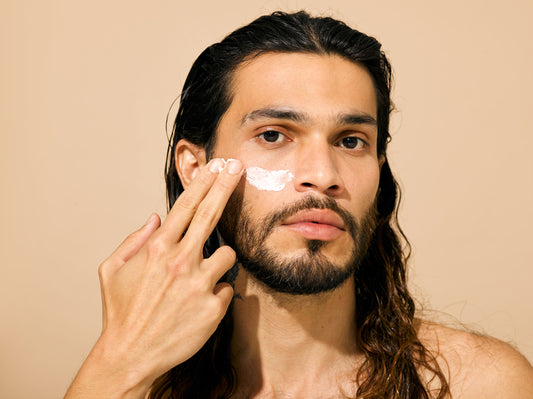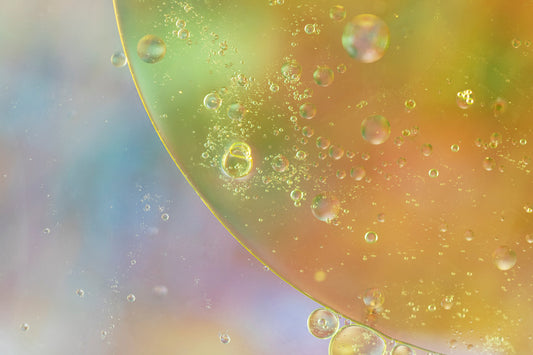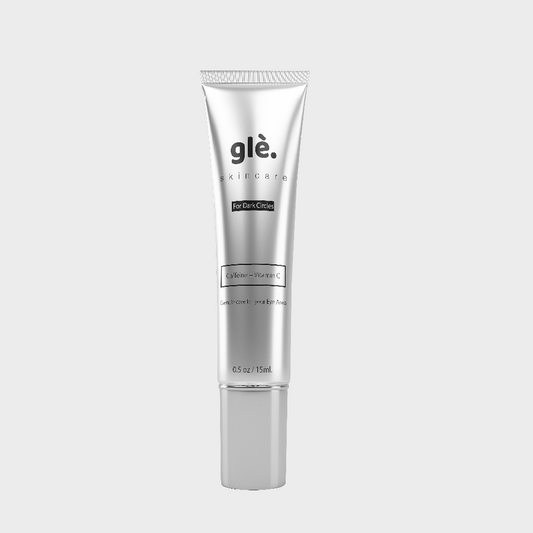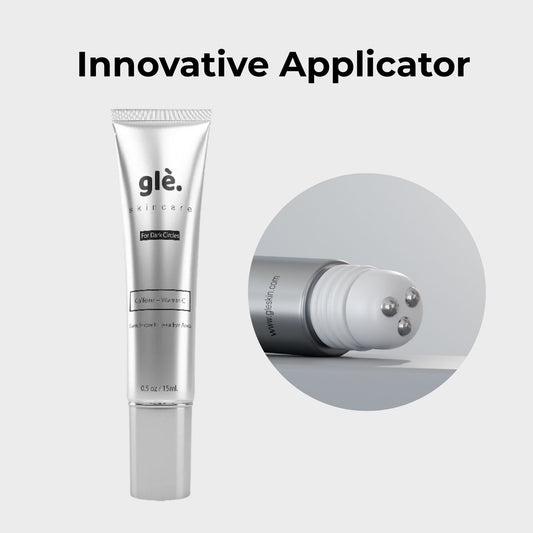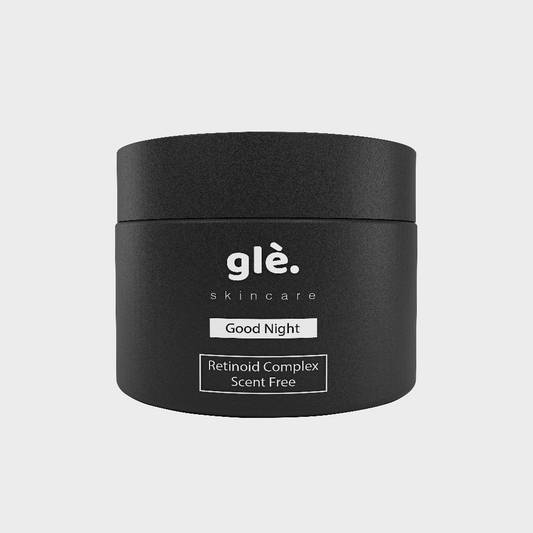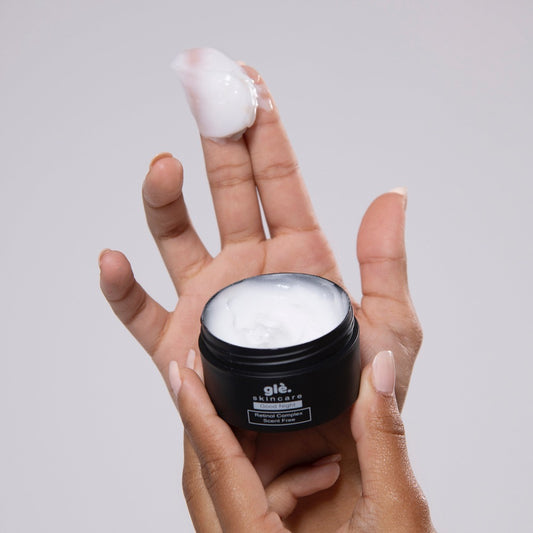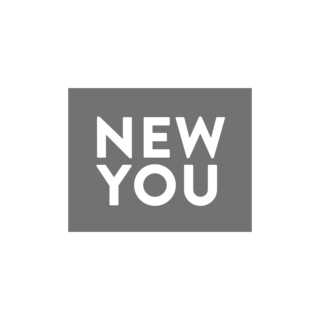Facial massage is a technique that involves stimulating pressure points on the face, neck, and shoulders. Whether performed by a professional or as a self-care practice, facial massages offer numerous benefits for both relaxation and skin health. This article will delve into the advantages of facial massage, techniques you can try, and when it might be beneficial to seek professional help.
Types of Facial Massage:
Facial massage encompasses various types and techniques that can be performed independently or with the assistance of a professional. Some of the commonly practiced types include lymphatic drainage, reflexology, shiatsu, gua sha, Swedish, remedial, sinus, and acupressure. These techniques involve diverse methods such as cupping, kneading, folding, effleurage, vibrations, tapping, and Jacquet pinching.
1. Anti-aging and Wrinkles: Facial massage has been shown to enhance the overall appearance of the skin. Studies indicate that combining facial massage with anti-aging creams or devices can lead to improvements in wrinkles, skin sagging, and texture.

2. Sinus Pressure: When performed appropriately, facial massage can help alleviate sinus pressure, discomfort, and congestion. It may also promote mucus drainage, relieve headaches, and improve circulation.
3. Acne: Facial massage can stimulate blood circulation and potentially reduce the appearance of acne. While specific research is limited, some individuals find olive oil massages helpful for treating acne, although caution should be exercised.
4. TMJ (Temporomandibular Joint) Discomfort: Trigger point massage has shown promise in alleviating discomfort associated with TMJ conditions, such as jaw pain, headaches, and earaches. Combining massage with jaw exercises can enhance the effectiveness of TMJ symptom management.
5. Glowing Skin: Facial massage can contribute to brighter and more radiant skin. Anecdotal evidence suggests that stimulating facial muscles through massage can tighten the skin, relieve muscle tension, and improve circulation.
6. Skin Blood Flow: Using a facial massage roller has been found to positively impact skin blood flow, leading to potential improvements in skin appearance. Increased blood flow to the massaged area has been observed, which can enhance the skin's response to heat.
7. Facial Rejuvenation: Research has indicated that facial massage exercises with specialized devices can promote facial muscle thickness and cross-sectional area, thus contributing to facial rejuvenation and relaxation.
8. Scar Tissue Management: Massaging facial scars during the healing process can increase blood flow, loosen nearby tissues, and potentially minimize bumps. Additionally, massage may help alleviate symptoms like pain, itchiness, and tenderness, improving the overall appearance of raised scars.
Performing Facial Massage at Home:
Facial massages can be conducted in the comfort of your home. Before starting, ensure that your face and hands are clean. Utilize a small amount of serum, oil, or cleansing balm to facilitate smooth movements. Several techniques can be employed, such as circular motions, gentle pressing, sliding, pinching, tapping, and acupressure. Tailor your routine based on the time available and repeat each stroke or focus on specific areas accordingly.

When to Seek Professional Assistance:
Consulting a doctor or a massage therapist is recommended when addressing specific medical concerns like acne, TMJ discomfort, or scar reduction. Professionals can customize facial massages to suit individual needs and may suggest additional treatments for optimal results.Facial massages offer a range of benefits for both relaxation and skin health. By incorporating these practices into your routine, you can enjoy the rejuvenating effects while addressing specific concerns. Whether you choose to perform facial massage at home or seek professional assistance, remember to complement your routine with suitable skincare products and maintain a healthy lifestyle for overall radiant skin.


